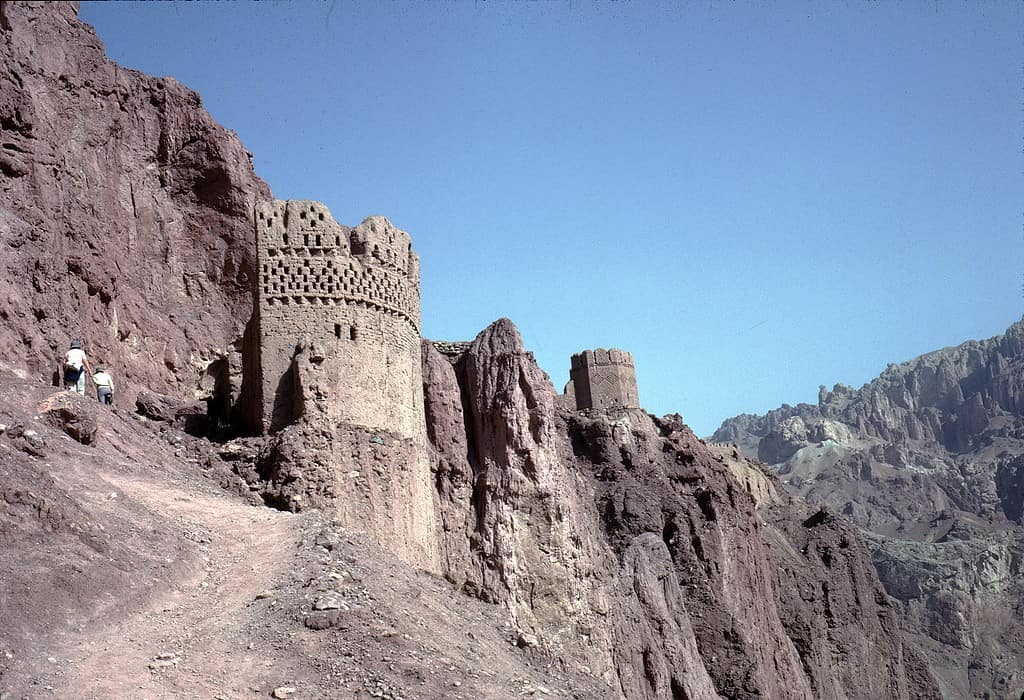In the 1950s, archaeologists working in Central Asia started finding some unusual writings. Over the geographical area of Kazakhstan, Uzbekistan, Tajikistan, and Afghanistan, archaeologists uncovered dozens of inscriptions in an unknown alphabet. French researchers called it écriture inconnue — unknown writing. Subsequent research showed it to belong to the mysterious Kushan Empire, a heterogeneous empire that used several alphabets and religious systems.
For decades, the Kushan script remained inscrutable. Now, for the first time, researchers have made a breakthrough.

The Kushan Empire was one of the most influential states of the ancient world, reaching its peak in the 1st century AD. They were at the center of trade relations between the Roman Empire and China, the other two superpowers of the time. For a moment in time, the Kushan Empire was the center point of the major civilizations. But we don’t know all that much about them because their alphabet was indecipherable.
The first breakthrough came in 2022, when a short writing carved in rock was found in the Almosi Gorge in Tajikistan. The finding served as a “Rosetta stone” — it featured the same text in two different alphabets: one was the Kushan script, and the other was the known Bactrian language.
This paved the way for the first decipherings of the alphabet, and several signs were deduced by researchers. Now, a team of researchers from the University of Cologne, in Germany, provided even more details on this script.
Deciphering the past
Svenja Bonmann, Jakob Halfmann and Natalie Korobzow analyzed photographs of inscriptions found in caves and characters on pots and bowls from various countries, deducing as many characters as they could. Like pieces of the puzzle, they slowly worked out the signs and now, they estimate that around 60% of the characters can be read.

A royal mention was key for the deciphering to work, the researchers say. A name and the title “King of Kings” were identified in both the Kushan and the Bactrian languages, and this also gave researchers clues regarding the pronunciation of the alphabet. Then, painstakingly, they moved from one inscription to the other, filling in as much info as they could.
According to the study, Kushan seems to be Middle Iranian language. It’s neither similar to Bactrian nor to other languages spoken in the area at the time. It could be a language of certain nomadic peoples of Inner Asia (the Yuèzhī), who originally lived in northwestern China, though this isn’t the only option.
“The writing system is of Aramaic descent—the forms of most of the identified letters can be traced directly from Imperial Aramaic prototypes,” the researchers write in the study. Aramaic was a Semitic language that originated in the ancient region of Syria, and quickly spread to Mesopotamia and eastern Anatolia. In one form or another, Aramaic was in use for over three thousand years. “The creator(s) of the newly deciphered writing system must have known Aramaic writing, but modified it with a new system of diacritic marks.”
A name for a language

It seems that the language served as one of the official languages of the Kushan Empire — but not the only one. Researchers now believe that Bactrian, Gandhari/Middle Indo-Aryan and Sanskrit were also official names of the empire.
The researchers also propose a preliminary name for the language: “Eteo-Tocharian”. Tocharian languages were used in central Asia and are known from manuscripts dating from the 5th to the 8th century AD
Several independent efforts to decipher the script are underway. Hopefully, they can help us better understand the legacy of the Kushans. Among others, this is an empire that spread Buddhism to East Asia and created a vast network of architecture.
As researchers continue to piece together the remaining part of the script, a fuller understanding of the cultural, political, and social intricacies of this fascinating civilization awaits the modern world.
The study was published in Transactions of the Philological Society.






